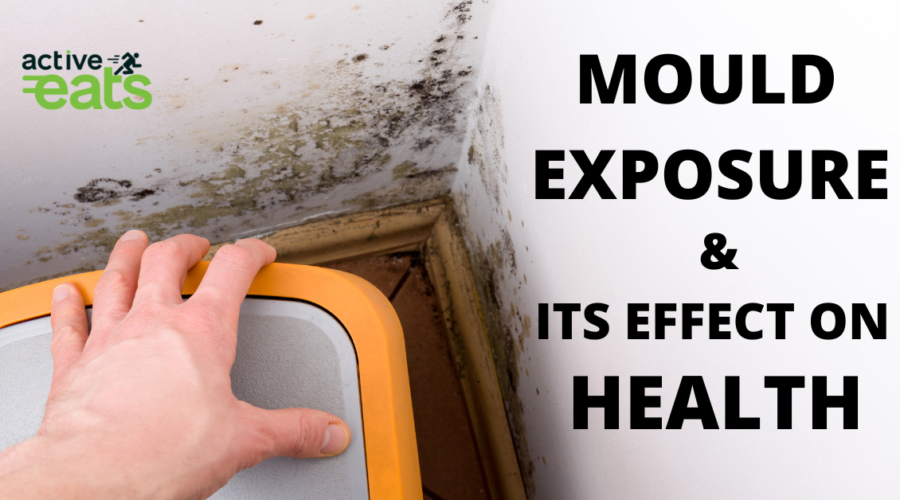Unmasking the Hidden Threat: Mold Exposure and its Impact on Your Health
Welcome to our blog post on the topic of mold exposure and its effect on health. Mold is a hidden health hazard that can cause a range of health issues if left untreated. In this post, we will understand the molds that develop around our home and workplace and discuss the potential risks of mold exposure, the various types of mold, how to identify if mold is present in your home, and the impact it can have on your overall well-being. By gaining a better understanding of mold and its effects on human health, you can take the necessary steps to create a mold-free environment and ensure a healthy living space for you and your loved ones.
Understanding the Health Risks of Mold Exposure
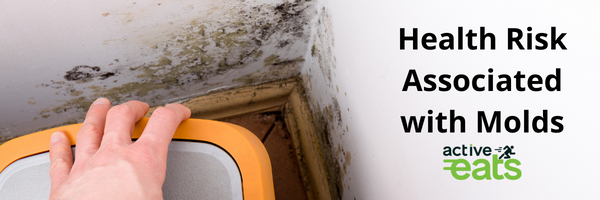
A mold is a microscopic fungi that lives on wet surfaces. It is a common organism that can be found almost everywhere in the environment, both indoors and outdoors. Mold plays a crucial role in the ecosystem by breaking down organic matter, but it can also be a problem when it grows indoors, especially in buildings and homes.
Mold is a common household issue that can have serious health implications. Breathing in mold spores can lead to a range of health issues, making it important to understand the risks associated with mold exposure.
Breathing Mold: The Impact on Human Health
Mold exposure can have detrimental effects on the respiratory system. When mold spores are inhaled, they can trigger allergies, asthma attacks, and other respiratory problems. Prolonged exposure to mold can even lead to more severe respiratory conditions.
Recognizing the Symptoms of Mold Exposure
Identifying whether mold is present in your home is crucial to protecting your health. Common symptoms of mold exposure include coughing, wheezing, nasal congestion, and itchy or watery eyes. Long-term exposure can cause more severe symptoms such as chronic fatigue, headaches, and even neurological issues.
Different Types of Mold and Their Impact on Health
When it comes to mold in your home, there are several types you should be aware of. Some common types include Aspergillus, Cladosporium, and Stachybotrys.

Aspergillus can cause respiratory infections, while Cladosporium can trigger allergic reactions. It is important to understand the potential health effects associated with each type of mold.
Black Mold vs White Mold: Understanding the differences and their specific health risks
Black mold, also known as Stachybotryschartarum, is a particularly dangerous type of mold. Exposure to black mold can lead to serious health problems, including respiratory issues, allergic reactions, and even neurological symptoms.
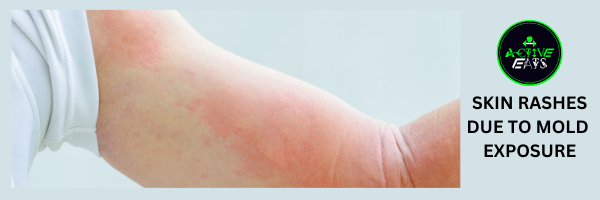 Black mold produces mycotoxins, which are toxic substances. Exposure to mycotoxins can cause a range of symptoms, including fatigue, headaches, dizziness, and nausea.
Black mold produces mycotoxins, which are toxic substances. Exposure to mycotoxins can cause a range of symptoms, including fatigue, headaches, dizziness, and nausea.
On the other hand, white mold, such as Aspergillus or Penicillium, may not be as harmful as black mould but can still cause health issues if left unchecked. It also causes allergic reactions, skin irritation and other respiratory problems.
Recognizing Mold Spores: Learn about mold spores and how they can contribute to health issues
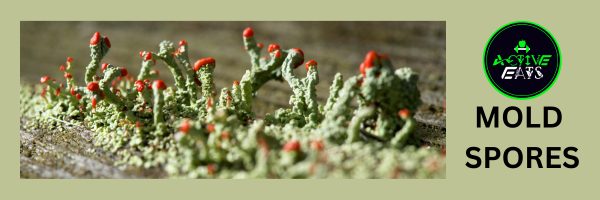
To reproduce, molds release spores, which can spread through air, water, or on animals. Mold spores are tiny airborne particles released by mold colonies. These spores can be inhaled and cause health problems, especially for individuals with respiratory conditions or weakened immune systems.
Breathing in mold spores can lead to allergic reactions, respiratory infections, and other health issues. It is important to minimize the presence of mold spores in your home to protect your health.
The Telltale Signs of Mold in Your Home
When it comes to mold growth in your home, it is best that the mold to be detected as early as possible. Knowing how to identify the signs of mold can help you take proactive measures to address the issue and protect your health. Here are some common indicators that mold may be present in your home:
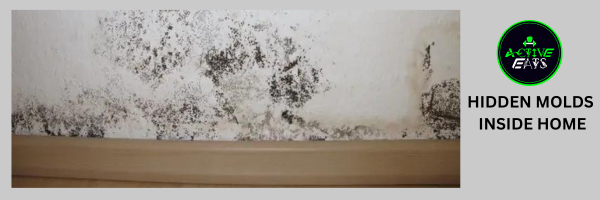
Visible Signs of Mold
One of the most obvious signs of mold is visible growth on surfaces. Mold can appear as fuzzy patches, black or greenish spots, or even slimy substances. Check areas such as walls, ceilings, and corners for any signs of discoloration or unusual textures.
Musty Odors
Mold often produces a distinct musty smell. If you notice a persistent unpleasant odor in your home, even after cleaning and airing out the space, it could be an indication of hidden mold growth.
Hidden Mold
Mold can thrive in hidden spaces, such as behind walls, under flooring, or in damp basements. Look out for signs of water damage or leaks, as these are common breeding grounds for mold. Pay attention to any areas with high humidity, as mold tends to thrive in moist environments.
If you suspect mold growth in your home, it’s important to take action promptly. Mold can pose serious health risks and cause long-term damage if left untreated. Contact a professional mold remediation specialist to assess the situation and ensure your home is safe and mold-free.
Managing Mold Allergies and Minimizing Exposure to Mold Spores
Allergies and Mold: Mold can trigger allergies in some individuals, leading to symptoms such as sneezing, coughing, and skin rashes. If you have mold allergies, it is important to take steps to minimize your exposure to mold spores.
Reducing Mold Exposure: Here are some practical steps you can take to minimize mold spores in your home:
- Keep humidity levels in your home below 50% to prevent mold growth.
- Fix any water leaks or sources of moisture in your home promptly to prevent mold growth.
- Use a dehumidifier in areas prone to moisture, such as basements and bathrooms.
- Ensure proper ventilation in your home by opening windows or using exhaust fans in kitchens and bathrooms.
- Regularly clean and dry areas where mold is likely to grow, such as bathrooms and kitchens.
- Use mold-resistant materials in areas prone to moisture, such as mold-resistant drywall and paint.
- Remove any visible mold growth using appropriate cleaning methods and protective gear.
- Creating a Mold-Free Environment: To ensure a healthy living space, consider the following tips:
- Regularly inspect your home for signs of mold growth, such as musty odors or visible mold.
- Prevent moisture buildup by ensuring proper ventilation and addressing any water leaks promptly.
- Keep your home clean and well-maintained to minimize the potential for mold growth.
- Consider using air purifiers with HEPA filters to remove mold spores from the air.
- If necessary, seek professional help for mold remediation and removal.
By taking these steps, you can effectively manage mold allergies and minimize your exposure to mold spores, ensuring a healthier and safer living environment for you and your family.
Conclusion
In conclusion, mold exposure can have significant effects on human health. It is crucial to understand the health risks associated with mold and take necessary steps to minimize exposure. Breathing in mold spores can lead to respiratory problems and worsen existing respiratory conditions. Mold toxicity can also have long-term consequences on the body, including neurological symptoms.
Identifying the presence of mold in your home is important for your health, and you should be aware of the signs such as visible growth and musty odors. Taking measures to reduce mold exposure and creating a mold-free environment can contribute to a healthier living space. By being proactive and knowledgeable about mold risks, individuals can protect themselves and their loved ones from the harmful effects of mold.

